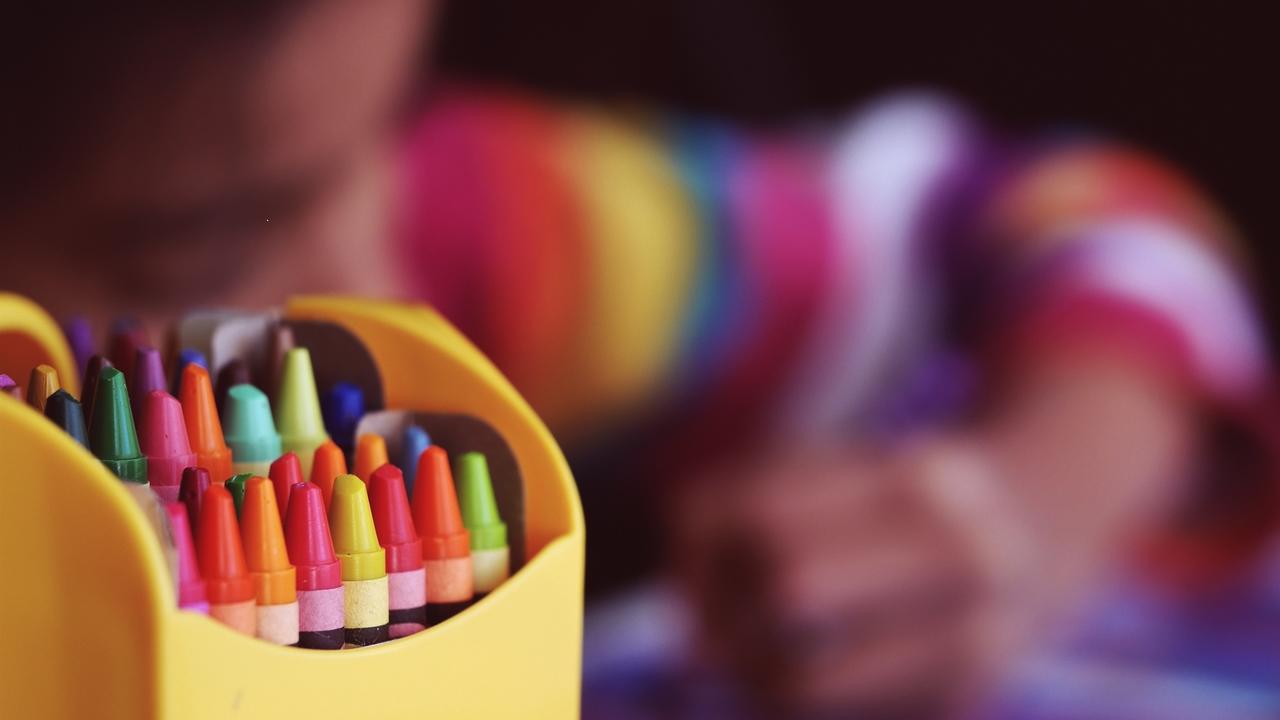The Power of Settling In

The bell rings and the day begins, and we welcome our students one by one into our classrooms. Our words at the door can set the tone for the day and help each person feel valued, as we speak to them by name and maybe even shake their hand, give them a fist bump, high five, or a hug. But after that welcoming moment, how do we help our students be active and engaged learners? Just as it is important to welcome each individual student, we must also provide them with time and strategies to settle in. To settle in would be described as feeling aware and secure in my surroundings so that I am able to focus and learn.
THINK ABOUT THIS STORY… Meredith, a third-grade teacher, arrived at the staff meeting at 7:30, as required. The morning had already been busy for her as she had dropped off her six-month-old baby at her parent’s house, took her four-year-old to pre-school, and then made the 20-minute commute to her school. Days like this meant she had to leave the house an hour earlier than usual. She would often slide in the door of the meeting, just as the clock hit 7:30 am. Her body was there as she sat quietly posed listening to the Principal, but her brain was far away from anything being said. She was present physically, but not mentally. Can you relate?
Just like Meredith, this is how many of our students feel when they walk into our classrooms. We don’t know what their morning may have entailed, as they were rushed out the door at 6:00 am to stay with a babysitter for 2 hours until school started, or the frustrations in the home of people rushing, fighting, or even the scarcity of food, or maybe they just simply walked in with peanut butter and jelly all over their hands and they felt like a sticky mess.
Adults and children alike need a moment to settle in, breathe, and become focused. Here are some practical ideas that can work in any classroom, to help students in the process of grounding and focusing in those moments. We simply need to let them settle in.
1. Soap and Water – Encourage students to wash their hands when they come into your classroom. Provide different scented soaps. Scents can create a response in the brain that can trigger happy emotions. Through our sense of smell, we have direct and quick access to the brain.
2. Cereal Station – Some students just need a snack. A cereal station is inexpensive, and many parents are willing to donate to this cause, or community members may join in the effort. Containers that have levers can be used to dispense the cereal into small cups or even Ziploc bags.
3. Gum – It has been proven that gum can help your brain, whether it is increased blood flow, better memory, or to relieve stress. I know some adults are constantly chewing gum and I believe it helps them (I am one of those adults), so why not let our students chew gum too?
4. Lollipops – A lollipop can help trigger the brain into a happy place. I recommend Dum Dum Suckers. I did the research for you, and each one contains 1 teaspoon of sugar (dumdum.com). I am not saying that a sucker is the answer to settling in every day, but it might be something that can be used once a week or once per month. They also add a little fun to the day! Lollipops are a small portion, gluten-free, mostly allergen-free, and come in a variety of flavors. I know some individuals avoid sugar at all costs, so a sugar-free lollipop would be a great option. 5. Coloring Sheets – Having access to coloring sheets can provide a way for students to focus on the present and reset the brain.
6. Journals - Journaling is an excellent way to be able to express your feeling or simply write down your thoughts of something you are dreaming about for your future or thinking about
7. Sensory Bins - Stress Balls, Fidgets, Playdough, and Slime can all be items that allow students to focus on something that is in the now.
8. Exercise – Going outside to run or play for a few minutes allows the body to be energized and for a shift in the brain to take place, allowing the student to reset their executive function and be focused.
These are just a few things that I have found successful in my own personal classroom. What could you add to the list that has worked with your class or at your school? Remember, a focused mind has the ability to learn new information, so ensure that your students have the opportunity to settle in. Students who have settled into the classroom environment are focused, open to receive new knowledge, and are able to process the information they are receiving. As teachers, we provide avenues for our students to be learners who are ready and focused. Let’s be committed to helping students settle in because it’s time to DASH Upward!

